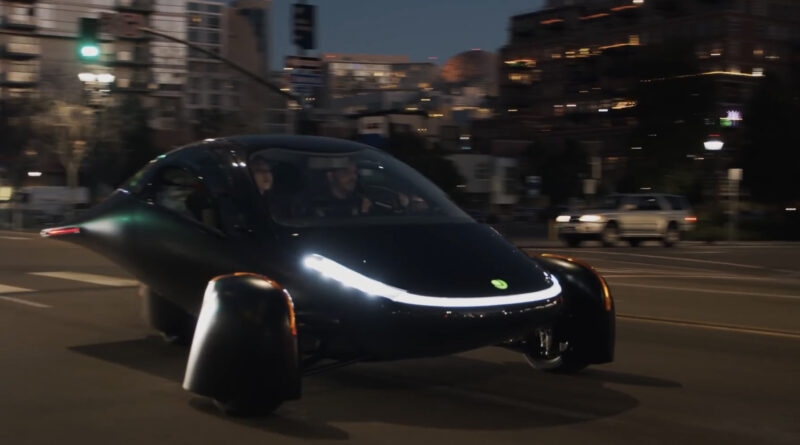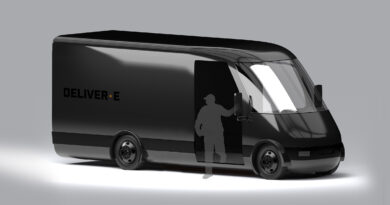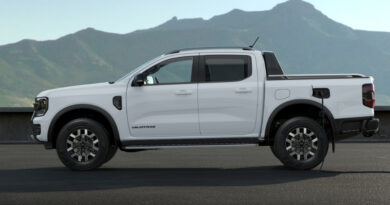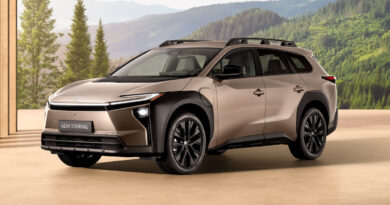177km/h F1-inspired Aptera EV on sale from US$25,900
It’s an electric vehicle made of carbon fibre, Kevlar and hemp that is more motorbike than car.
But the just-released Aptera claims to be “the most efficient way to get from point A to point B”.
It also comes with one big EV-tempting promise: some drivers will never need to recharge it.
Looking more like an experimental vehicle from a solar challenge race, the Aptera comes from a long-running electric car startup that was founded in 2005 before crumbling in 2011.
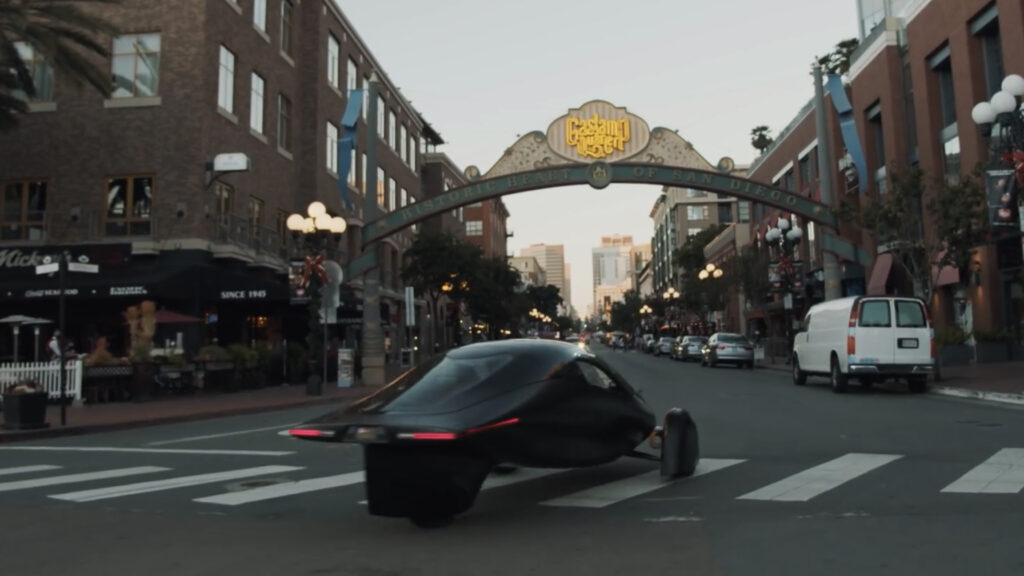
Reborn in an era where electric cars are the darlings of the car world the Aptera is claimed to be “the best electric car in the world” by co-CEO Steve Fambro.
The other co-CEO, Chris Anthony, says Aptera is “focused on efficiency solely over styling”, one of the reasons it has only three wheels.
The company says the Aptera “can be classified as a motorcycle or auto-cycle”.
Powered by in-wheel liquid cooled electric motors the Aptera will be available as a front-wheel drive or all-wheel drive (adding an additional motor to power the rear wheels, making it three-wheel drive).
Front-drive models are claimed to accelerate to 60mph (96km/h) in 5.5 seconds with AWD models reducing that to 3.5 seconds.
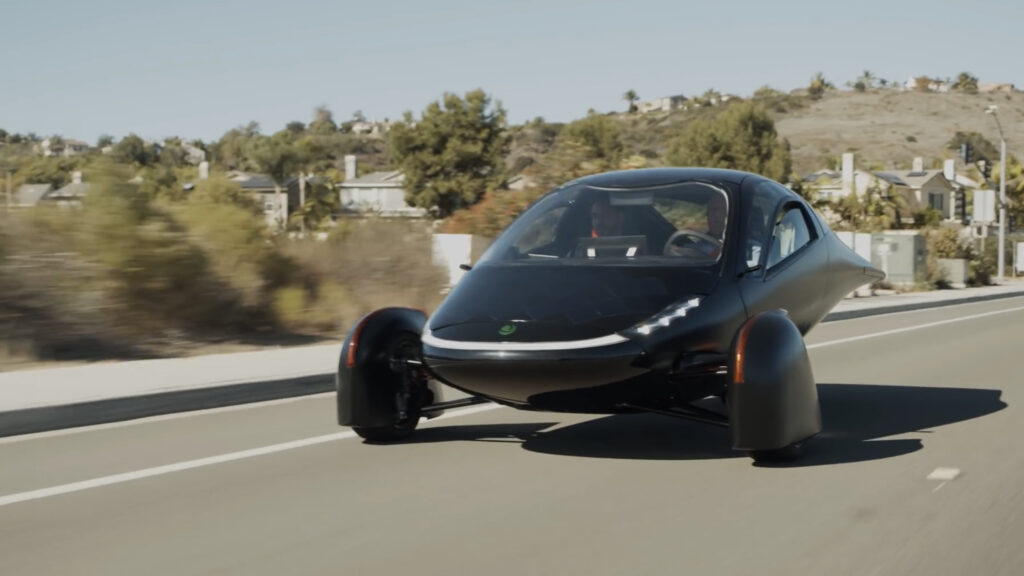
The top speed is electronically limited to 177km/h.
It has a core and basic structure made of carbon fibre.
It will be sold with battery packs ranging from 25kWh to 100kWh, giving a claimed driving range of 400km up to more than 1600km.
While it can be charged in the same way as other EVs, the big sales pitch with the Aptera is its solar charging capability that comes from 180 solar cells.
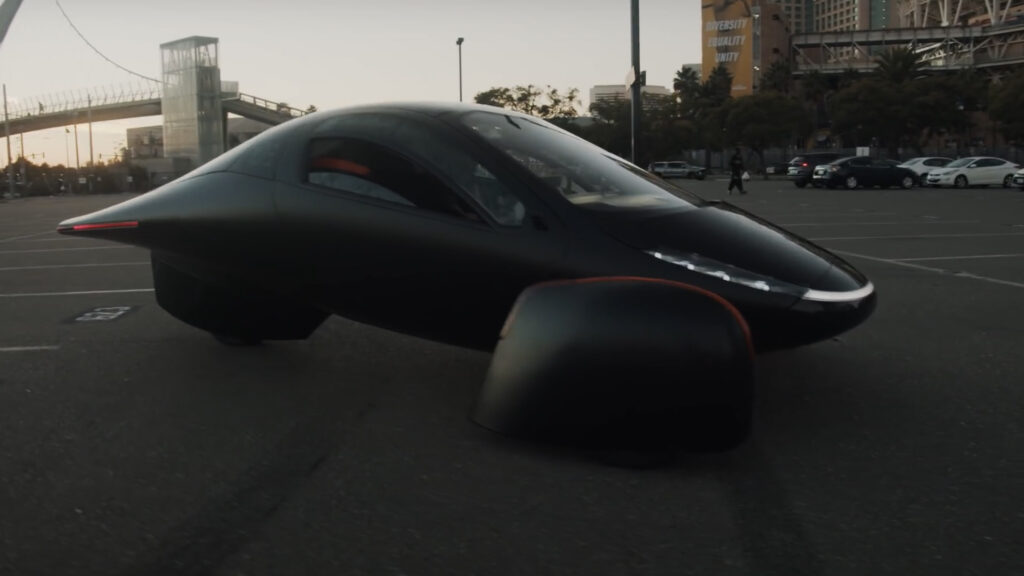
“With Aptera’s Never Charge technology, you are driven by the power of the sun,” says Anthony, claiming the exterior solar panels will capture enough energy to provide up to 45 miles (72km) of electricity.
“Our built-in solar array keeps your battery pack topped off and anywhere you want to go, you just go.”
Its makers claim the Aptera has a “Formula One-inspired safety cell with advanced composites and metal structures for impact strength”.
Its sleek shape, covered wheels and pinched tail give the Aptera a claimed drag coefficient (Cd) of 0.13, about one-third that of most passenger cars and way under the 0.23 of the Tesla Model 3. It’s that aerodynamic efficiency the founders claim is key to Aptera’s overall energy efficiency.
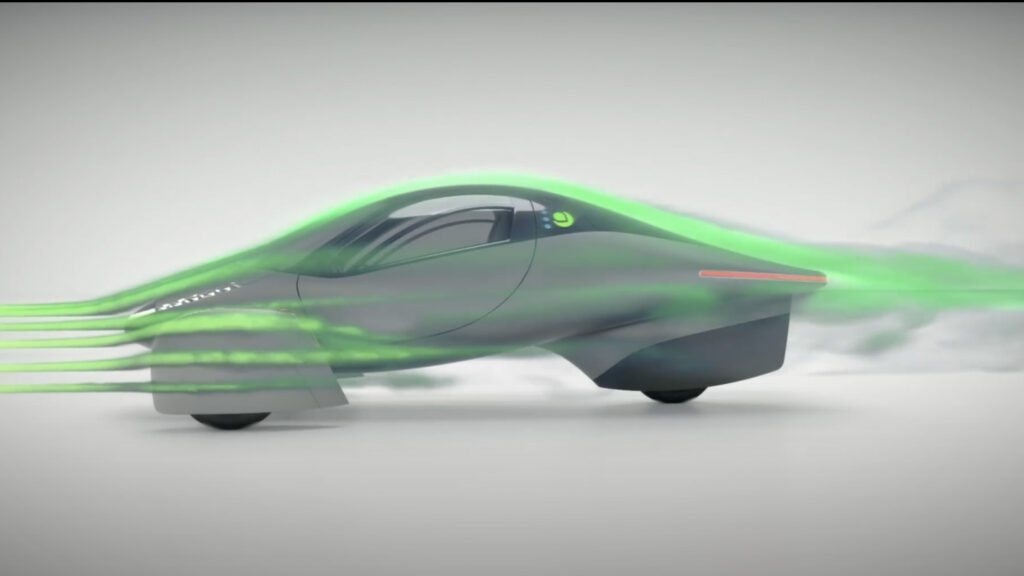
It helps that it’s very light, in part because there are only two seats.
The version with the largest 100kWh battery pack is claimed to sneak under one tonne – just.
At a bit under 4.4 metres long and a bit over 2.2 metres wide it’s commensurate with many regular cars in terms of its basic footprint. At 1.45m high it’s about the same height as a Toyota Corolla.
While it only seats two the Aptera is claimed to have about 700 litres of luggage space, more than many SUVs and sedans.
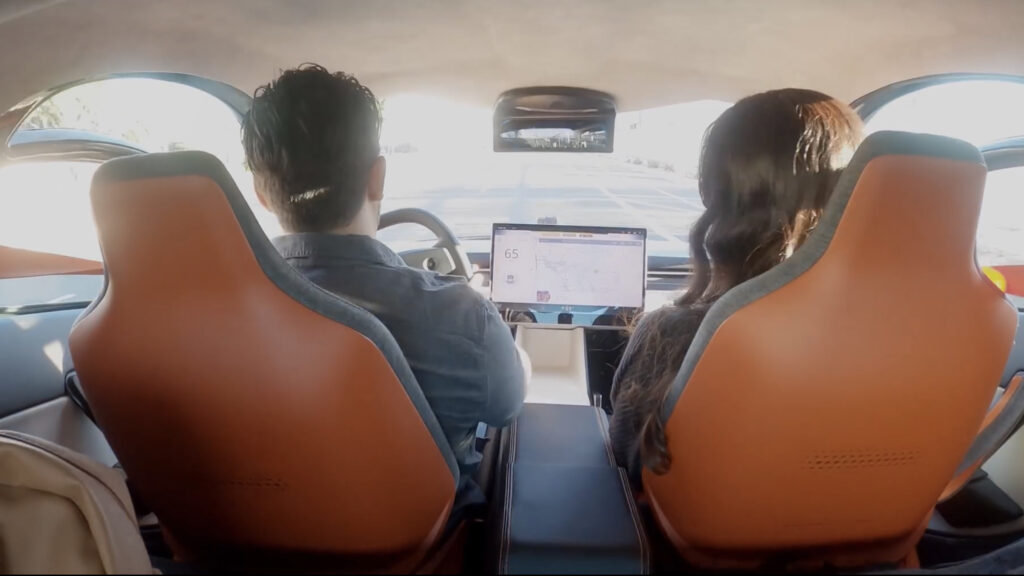
Far from an experimental dream car or a motor show special, the Aptera is ready to hit the road, complete with headlights and other safety systems.
It’s currently only on sale in America with prices starting from US$25,900 ($35,000) and going to US$46,900 ($63,000) before options.
At least four versions will be offered, with the choice of front- or all-wheel drive and battery capacities allowing ranges of 402km, 644km, 966km or 1610km.
Aptera says it has designed the Aptera to meet European regulations, which are very similar to those in Australia.
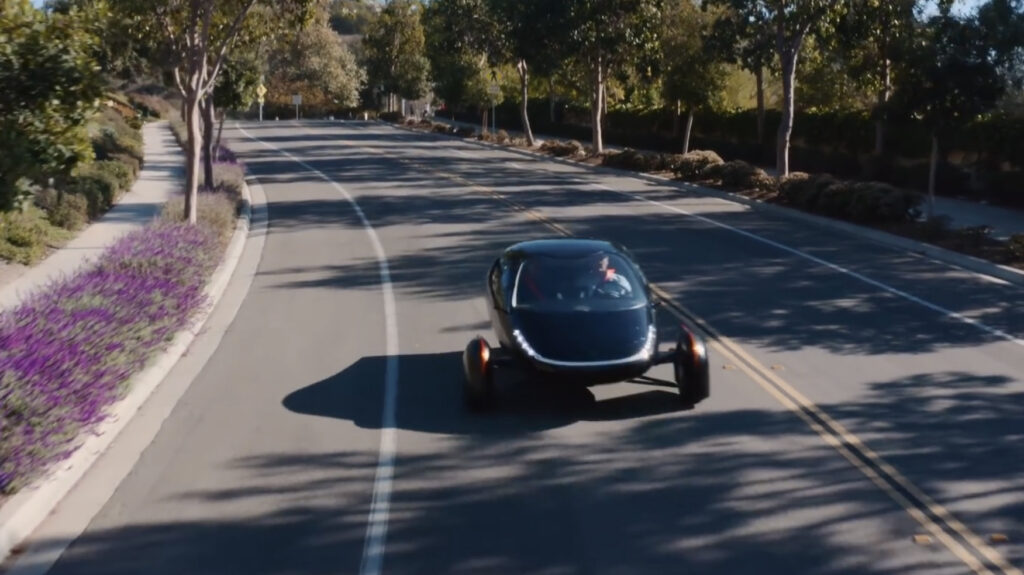
While the two-seat Aptera is likely to hold limited appeal, the company says it is working on other vehicles with “more seats and more wheels”.

